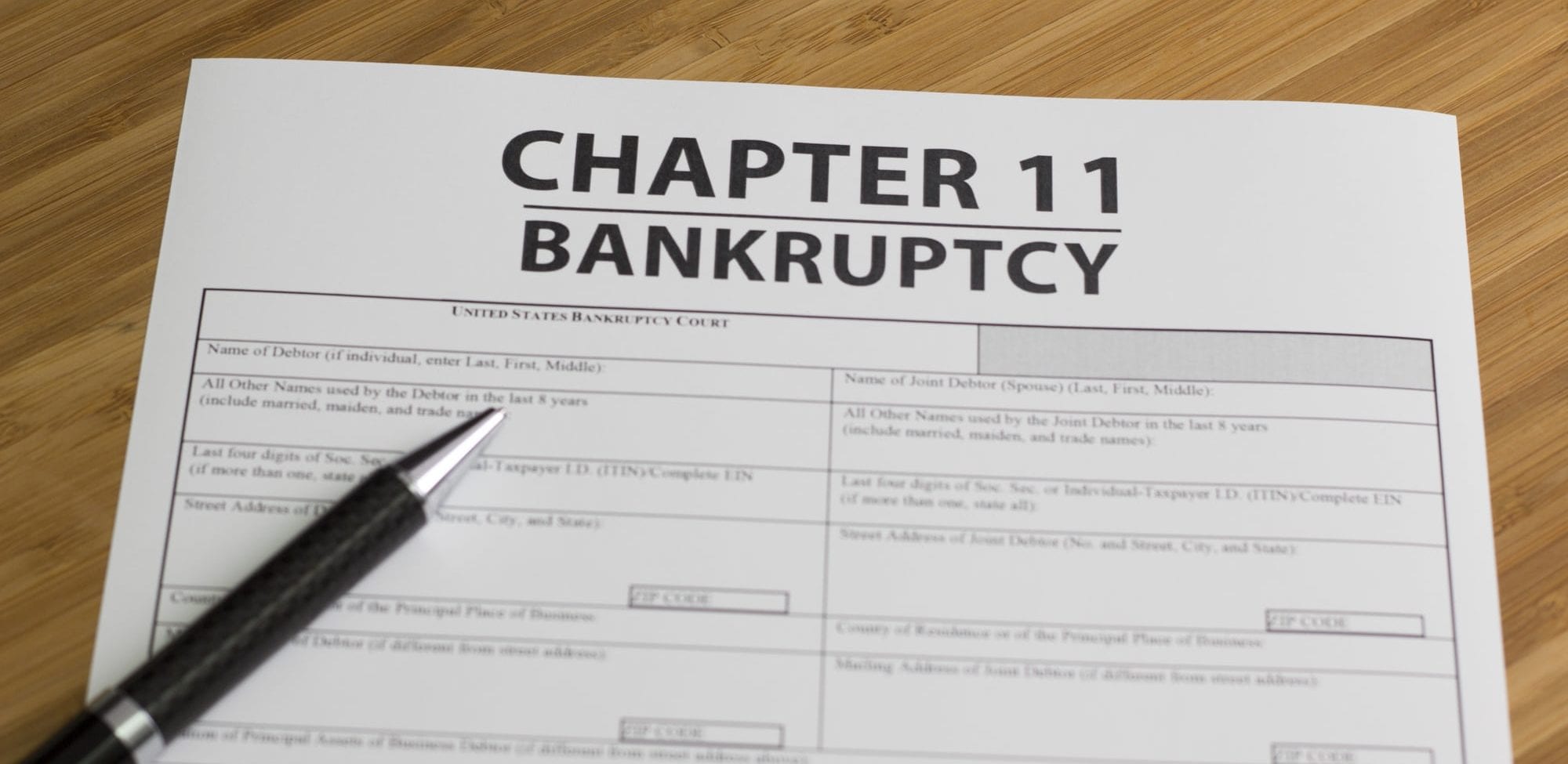Bankruptcy can provide debt relief for individuals and businesses who are unable to pay their creditors. However, filing for bankruptcy comes with costs and fees. So who actually pays for bankruptcies? The answer depends on the type of bankruptcy and specific circumstances of the case.
When an individual or business files for bankruptcy, they are responsible for paying certain fees and costs associated with the bankruptcy proceedings. The main expenses include:
– Bankruptcy court filing fee – This fee must be paid when initially filing the bankruptcy petition. The amount varies depending on the chapter filed.
– Attorney fees – Hiring a bankruptcy attorney is highly recommended to navigate the complex legal process. Attorneys charge fees for consultations and to prepare and file paperwork.
– Trustee fees – An appointed bankruptcy trustee oversees administering the bankruptcy estate. Trustees receive compensation from assets liquidated in asset bankruptcy cases.
– Debtor education course – Individuals filing Chapter 7 or 13 must complete a debtor education course before the case is closed. Fees typically range from $20-$100.
While the debtor is responsible for these mandatory fees, there are options in some cases to pay over time or receive help. Filing fees can be paid in installments if approved by the court. Attorney fees may also be structured with an initial retainer and arrangement to pay over the case duration. Lastly, non-profit agencies may cover course fees for low-income individuals.
In asset bankruptcy cases like Chapter 7 for individuals or Chapter 11 for businesses, any non-exempt assets in the bankruptcy estate can be liquidated and the proceeds used to pay fees and creditors. For instance, a trustee may sell a luxury vehicle and use money from the sale to pay administrative bankruptcy costs.
Creditors also shoulder some financial burden when a debtor files bankruptcy. They must spend time and money take actions to protect their interests, such as filing paperwork with the court. Unsecured creditors especially lose money, as bankruptcy wipes out most unsecured debts with little recourse for repayment.
The U.S. government and court system absorb costs to run the bankruptcy process. Taxpayer dollars fund the bankruptcy courts and judges’ salaries. However, filing fees paid by debtors offset some of these costs.
Ultimately, bankruptcies create losses for creditors and debtors must come up with money to file. But the system spreads the monetary impact across parties, making bankruptcy accessible for those who need debt relief. Government and taxpayers pick up a share of the burden to sustain the bankruptcy process. This system upholds bankruptcy’s role as an economic safety net in times of financial crisis.
Who is eligible to file bankruptcy?
Anyone who is a legal U.S. resident, including individuals, couples, corporations and other business entities, can voluntarily file for bankruptcy. The main qualification is being legally classified as a “debtor,” or someone who is unable to pay debts.
There are however a few situations where one cannot file for bankruptcy:
– Within 180 days of a previous bankruptcy discharge
– Has had a bankruptcy case dismissed due to fraud in the past
– Specific government entities and Native American tribes cannot technically file for bankruptcy
What debts can bankruptcy eliminate?
Many types of debt can be discharged or reorganized through bankruptcy. The most common dischargeable debts include:
– Credit card debt
– Medical debt
– Personal loans
– Most utility bills
– Civil judgments like lawsuit settlements or foreclosure deficiencies
Debts that generally cannot be discharged via bankruptcy include:
– Ongoing alimony and child support
– Student loans unless debtor can prove undue hardship
– Fines and restitution orders
– Mortgage and auto loan deficiencies
– Government fines and penalties
The specifics depend on the bankruptcy chapter. For instance, Chapter 13 bankruptcy allows people to discharge additional debts compared to Chapter 7.
When should someone consider bankruptcy?
Bankruptcy can help when you have far more debts than income available to repay, and attempts to negotiate with creditors fail. Common scenarios leading to bankruptcy:
– Lost job while saddled with high expenses
– Overwhelming medical bills
– Going through divorce with high marital debts
– Failure of a small business with remaining debts
Talk to a bankruptcy attorney if you:
– Cannot pay minimums or are behind on bills
– Are getting calls from collectors
– Are facing home foreclosure or vehicle repossession
An attorney can advise if bankruptcy is your best path forward for a fresh financial start.
How long does the bankruptcy process take?
A typical bankruptcy case takes about 3-6 months from start to completion. The timeline breaks down as follows:
– 1-2 weeks to prep and file bankruptcy paperwork
– 1-2 months until the meeting of creditors
– 2-4 months to complete the case and receive discharge
Chapter 13 bankruptcies take an additional 3-5 years to complete the debt repayment plan. The repayment plan length depends on the debtor’s income and needs.
Get relief from unpayable debts through bankruptcy. With assistance from an attorney, individuals and businesses can settle their accounts through court-supervised bankruptcy and gain a fresh financial start. The system spreads the costs across parties to help make bankruptcy accessible to all eligible debtors in financial crisis.







